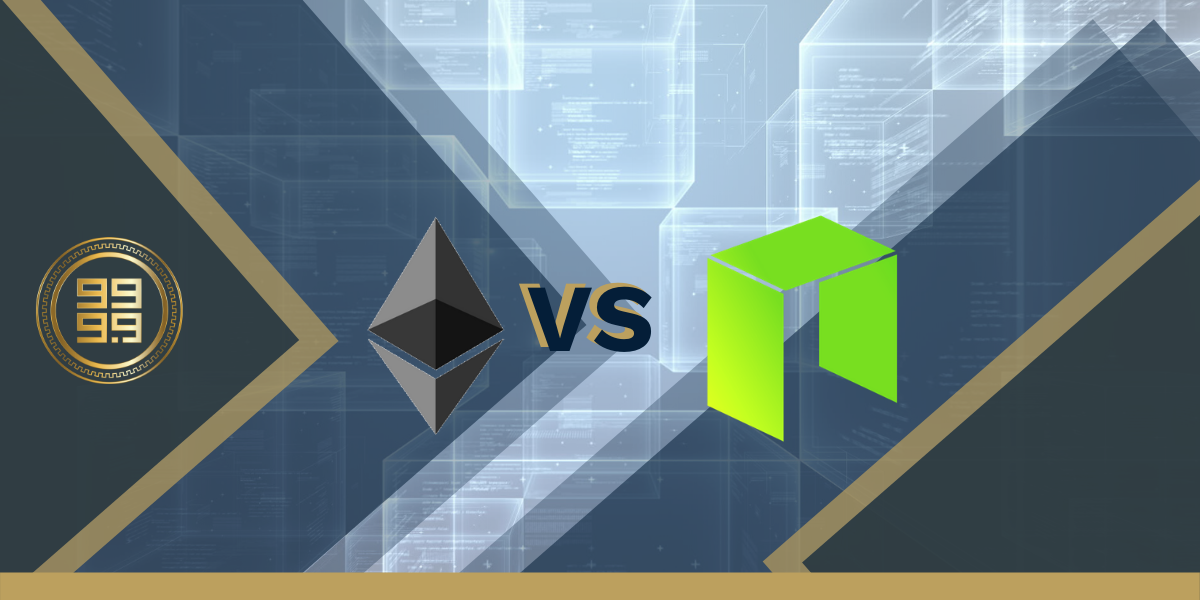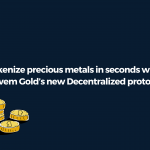
Generally, NEO and Ethereum aim for similar roles in the crypto community. Both want to be platforms for the new Internet: for DApps (Decentralized Applications), ICOs (Initial Coin Offerings), and smart contracts. While similar to Ethereum, NEO has some interesting features which deserve a close examination. In this guide, we are going to do a deep dive on Ethereum and NEO differences.
Ethereum and NEO differences
◾️ Goals
According to Ethereum white paper, it aims to become a foundational abstract layer that supports decentralized applications, while NEO’s main goal is to become a decentralized distributed ledger that digitizes real-world assets. This means that NEO enables management and exchange of digital assets on a peer-to-peer network.
◾️ Coding Language and Adoption by Developers
Ethereum only supports Solidity. This is a quite new coding language in the developer community, and only some developers have mastered it. It means that a person looking to build digital assets will have to spend extra hiring a developer to handle the smart contracts. On the other hand, Neo got initial support because it supports languages like C++, c#, Java and Go. NEO’s smart contracts can be written in such languages as C#, Java, Go, Python, or JavaScript. These popular coding languages make smart contract development easy and cheap. It will further increase the development of smart contracts and facilitate trust in trading digital assets.
◾️ Transaction Speed and Cost
NEO is able to handle about 10,000 transactions per second, while Ethereum blockchain currently supports around 15 transactions per second.
◾️ Consensus Mechanism
Apart from that, NEO’s blockchain uses a dBFT (Delegated Byzantine Fault Tolerance) consensus protocol which protects the network against malicious actors:
- The dBFT consensus protocol acts like a government system where citizens, delegates, and speakers ensure the network’s functionality.
- The dBFT protocol uses a voting system to choose delegates whose main job is to approve the blocks and speakers proposing the next block.
Ethereum uses a PoW system while NEO’s dBTF blockchain proves to execute transactions faster and more efficiently.
◾️ Blockchain Fuel
The NEO blockchain has 2 coins — NEO and GAS. Ether is Ethereum native currency and smaller units of Ether are called “gas”. NEO and GAS are two different tokens whereas Ether and gas are the same, ‘gas’ on Ethereum is just smaller units of Ether. This way, Ethereum (Ether) is divisible into smaller units (gas) while NEO is indivisible.
◾️ Government Support
Neo is supported by the Chinese government while Ethereum doesn’t have any support. This fact has become the most essential factor for NEO’s popularity in China, making it China’s first open-source public blockchain project. Such giants as WINGS, Alibaba, and various Microsoft-like companies back NEO. On the other hand, Ethereum is supported by the EEA-Enterprise Ethereum Alliance.
Gold-backed token on NEO’s Blockchain
Novem Gold is the first asset management company that takes advantage of NEO’s superior blockchain technology. It converts gold into its digital equivalent using NNN coin, which is pegged to physical gold on a ratio of 100:1. It means that every 100 NNN token is equal to 1 gram of gold that is stored securely by Trisuna. Through Novem Gold, people can use smart contracts to buy and sell physical gold, making it a better way to buy gold.
Novem Gold’s approach is based on security and transparency. Using the NEO’s blockchain, Novem Gold provides a transparent gold-backed coin that can handle secure storage and transfer of physical gold.






